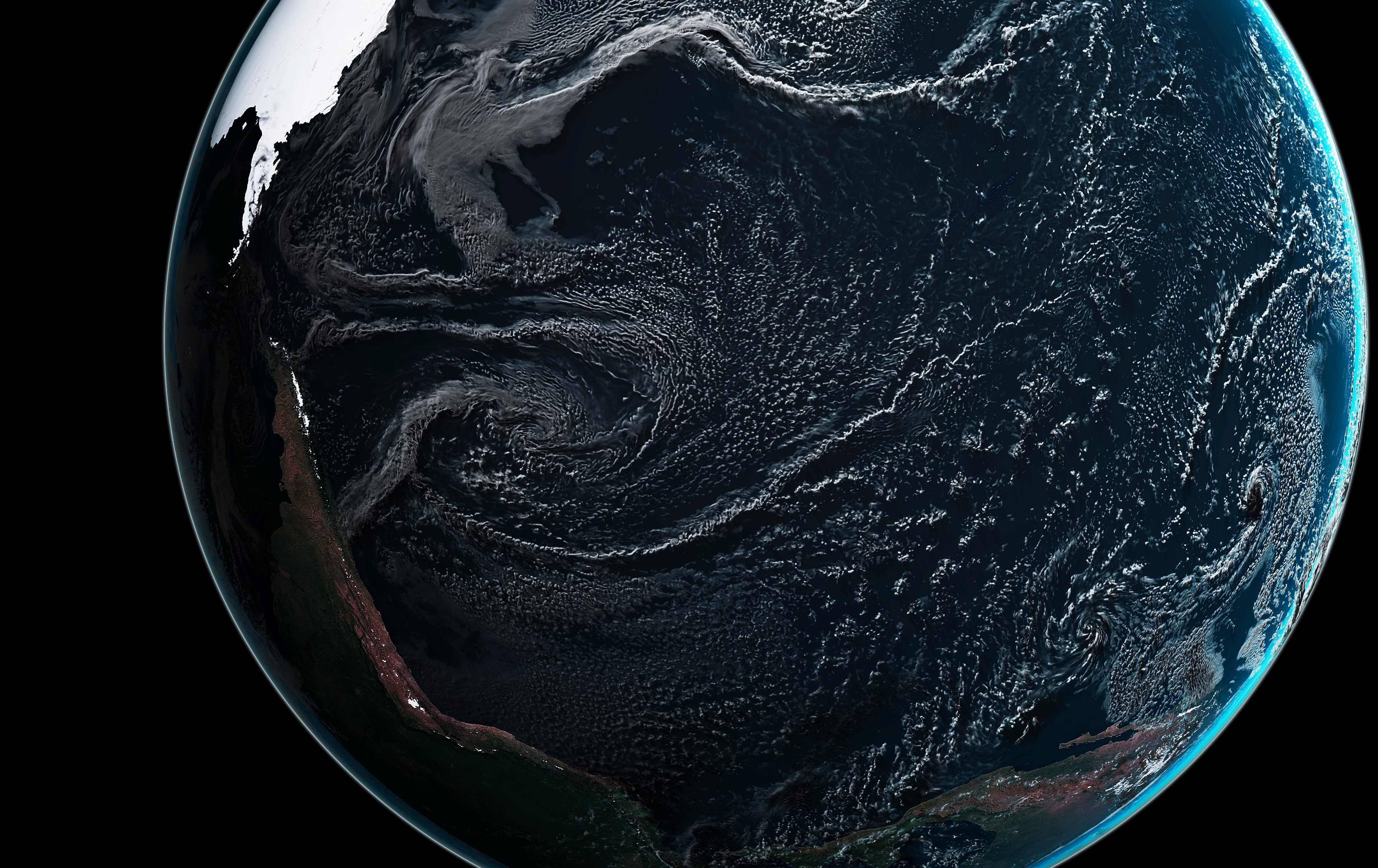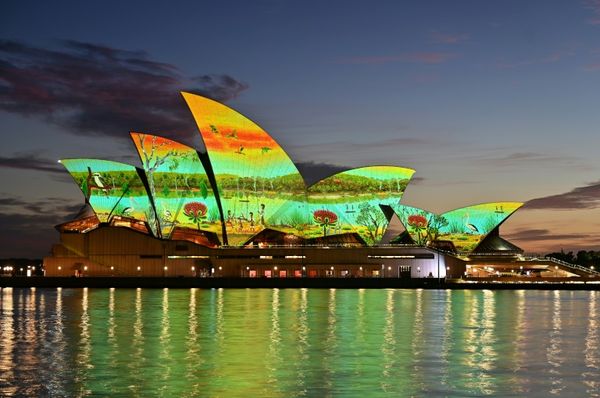
Nvidia has created a digital twin of the Earth’s climate as a way to improve both weather forecasting and predicting how systems will change over the coming century.
Dubbed Earth-2, this new model combined data from the climate tech industry with AI to power new emulations of how the climate works and how it might adapt to different scenarios.
While digital twins of Earth’s climate do already exist, Nvidia says this cloud-based solution runs on GPUs and not CPUs and can deliver predictive models in seconds rather than hours.
These predictions are also rendered in high definition and can cover an area as small as a single square mile, showing cloud cover, wind speed or even the path of an incoming typthoon.
How does Earth-2 work?
Earth-2 can be used by forecasters, researchers and other experts to make predictions about the climate and how it is changing to visualize the weather with more accuracy.
It is built on a new generative AI model from Nvidia called CorrDiff that uses diffusion modelling techniques, similar to those in text-to-3D or text-to-image models like MidJourney or Luma Genie, to generated higher resolution images than current models.
Nvidia says the images are 12.5 times higher resolution than previous models, can run models 1,000 times faster and is 3,000 times more energy efficient due to running on a GPU.
The company claims their technique corrects many of the inaccuracies from previous forecasts and predictions caused by a coarse-resolution and can fill in missing information using synthetic data and predictive modelling — to help in critical decision making quickly.
How will Earth-2 be used?

Earth-2 was built for a range of use cases but primarily to be hooked into the billions of dollars worth of proprietary data owned by climate change companies, governments and weather forecasting giants like the Weather Company.
“To help effectively address current and future weather-and climate-related challenges, it’s critical now more than ever to incorporate reliable, globally scaled real weather data and insights into digital twin environments to better analyze, plan and simulate the impacts of weather,” said Sheri Bachstein, CEO of The Weather Company.
“We’ve worked with NVIDIA for years on GPU acceleration of GRAF, our proprietary weather modeling systems, and we plan to adopt Earth-2 APIs to create higher resolution, energy-efficient simulations at a lower cost.”
Predicting risk and helping the economy
Jensen Huang, founder and CEO of Nvidia says Earth-2 will help humans better prepare for, and inspire action to moderate extreme weather caused by climate change.
“Climate disasters are now normal — historic droughts, catastrophic hurricanes and generational floods appear in the news with alarming frequency,” he said.
Outside of simple forecasting, Taiwan wants to use it to predict the path of typhoons and the impact it might have on the global supply chain.
“Taiwan is a critical component of the global supply chain, and flooding risk analysis and evacuation preparedness are core to our mandate,” said Chia-Ping Cheng, administrator of CWA.
More than 130 typhoons have struck the island since 2000 and its hoped Earth-2 will help officials mitigate against the risk of future events by understanding where and when they might hit.







